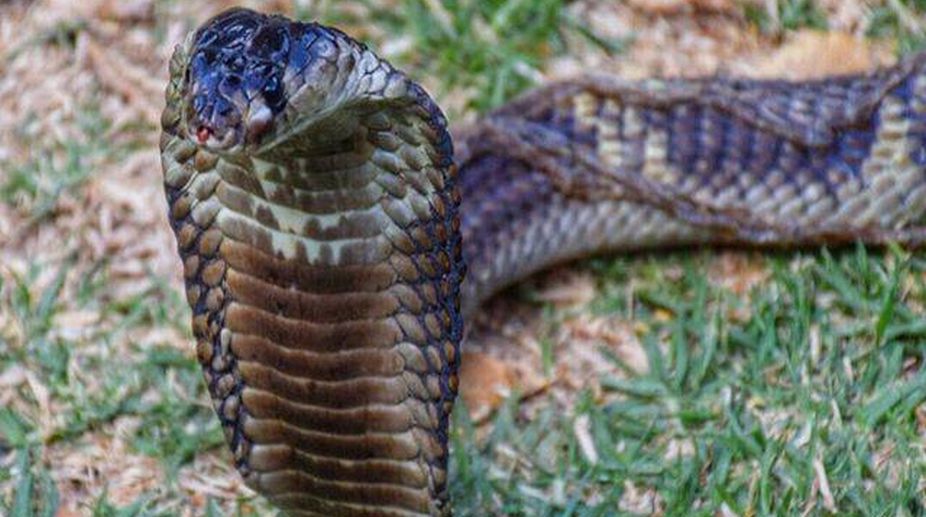Nora Fatehi and Jason Derulo unveil new track ‘Snake’
Dance floors are heating up with Nora Fatehi and Jason Derulo’s 'Snake', a cross-cultural track showcasing Nora’s vocals and signature belly dancing.

Representational Image (Photo: Facebook)
Out of estimated one-lakh deaths due to snakebite across the globe annually, nearly half occur in India. Still, the snakebite is a neglected tropical disease and is not on the priority of Central and state governments in the country.
Sharing this with The Statesman in Shimla, Dr Jaideep C Menon, a noted expert on snakebite and member of National Task Committee on Venoms and Toxins from Kerala strongly advocated the need for making snakebite deaths notifiable, along with a pro-active strategy to counter the problem, which mainly affects the rural poor.
Advertisement
Dr Menon, a practising cardiologist, was here for consultations on the issue. He said the snakebite research so far is not focused on victims and is limited to enriching the resume of experts only.
Advertisement
“The Indian Council of Medical Research (ICMR) has, however, started recognising the snakebite problem in rural India. We need to bring radical changes in the approach and come out with “Standard Treatment Guidelines” on snakebite management for doctors,” he held.
He said the doctors at Primary Health Centre (PHC) level fear treating snakebite victims due to possible allergic reactions with anti-snake venom and refer them to higher institutions, leading to ‘fatal’ time lapse. Another hurdle is that snakebite victims in villages are taken to ‘ojhas’ or traditional healers first, that delays the treatment.
The expert said unfortunately, the medical students in India are still made to study the Western concepts where snakebite studies are limited to forensic books only. “The curriculum of MBBS in India should deal with Indian conditions.”
Dr Menon said, snakebite deaths in India often go unregistered as only the ‘proven snakebite deaths’ are written in hospital records. “A person bitten by a snake has to actually bring a snake or prove that venom is inside the body —or else it is reported as ‘unknown bite.”
As per studies, 276 species of snakes are found in India, of which 30 are venomous and the ‘Big Four’ — Russell’s viper, Cobra, Common Krait and Saw Scale Viper — are most poisonous. The Russell’s Viper is the number one killer in India and leading cause of disabilities due to snakebite.
Seventy per cent snakebites occur during evening hours. Most snakebites are reported from West Bengal, Odisha, Maharashtra, Kerala and Tamil Nadu — the coastal areas.
Dr Menon said the Anti-Snake Venom (ASV), available in the country works against the ‘Big four’ snake species. “The talks are now going on to have regional pools of anti-venoms for local snake species (which are decided by altitude and rains).”
He said since children are more prone to immediate damage by snakebite, there is need to spread awareness at school level, may be through curriculum “More research is required in the field of snakebite to substantiate evidence,” he said.
Advertisement